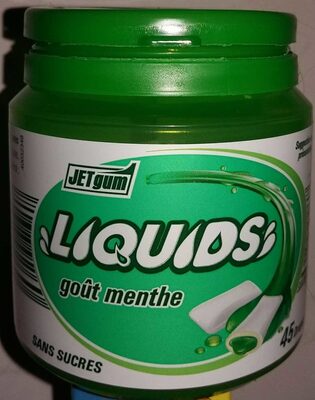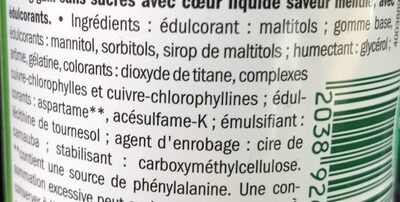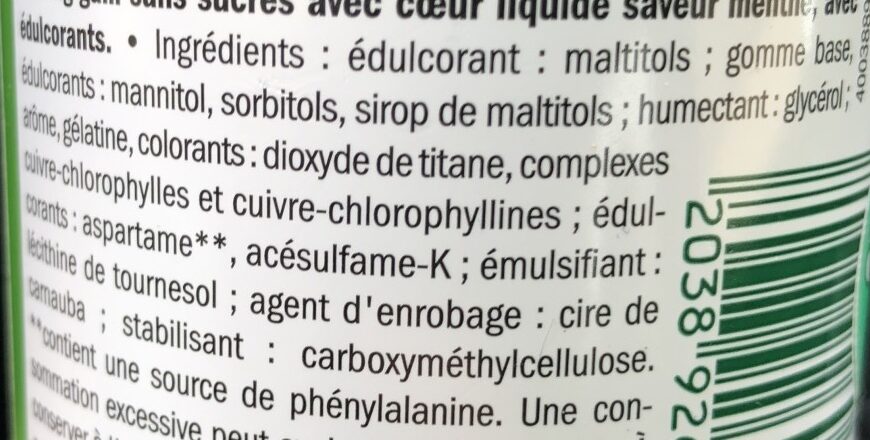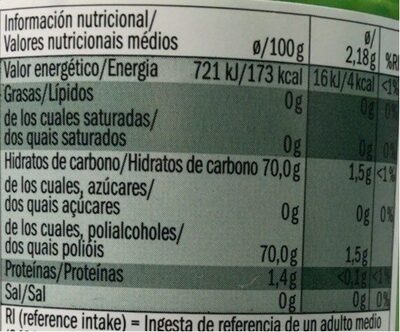Liquids - JETgum - 98g
Codi de barres ambigu: aquest producte té un codi de barres amb número de circulació restringit per a productes d'una empresa. Això significa que diferents productors i botigues poden utilitzar el mateix codi de barres per a diferents productes.
×
Aquesta pàgina del producte no està completa. Podeu ajudar a completar-la editant-la i afegint-hi més dades a partir de les fotos ja disponibles, o fent-ne més amb l'aplicació de androide o iPhone / iPad. Gràcies!
×
Codi de barres: 20389260
Quantitat: 98g
Marques: JETgum
Categories: Snacks, Aperitius dolços, Llaminadures, Xiclets, en:Sugar-free chewing gum
Etiquetes, certificacions, premis: Conté una font de fenilalanina
Matching with your preferences
Entorn
Empaquetament
Transport
Report a problem
Fonts de dades
Producte afegit per openfoodfacts-contributors
Última modificació de la pàgina del producte per segundo.
La pàgina del producte, també editada per charlesnepote, elcoco, halal-app-chakib, kiliweb, musarana, sebleouf, tiago-jardim, yuka.CO9HA8WLGfd6Bt3ujrgI1TOLF8rkLuNDSEQAog, yuka.F7NCBPSrT-t-E_rxit4b5j6CSPm8W6FdREIRog, yuka.FolyP9uTRJEKBt_p64wV-he9NMXtXqVAFExTog, yuka.Jr1nBfmHIMwBIt3o2poP3BSRC8PSO9BlAi8tog, yuka.MopHZua5OPIaQsrL8N4L0zGkGb_pOtVXSEIsow, yuka.PLIYN--lOP0bG8bV4Nox4DGSKOvHJd9JJVwiog, yuka.R0wwNEdwNEVwcWt6aGNjaDRUVE01TzUwK0lhcVcwR01OK0VMSWc9PQ, yuka.UjRjT0NKNCtxYWNGZ1BZbjBoNk41djlWbTRmNVZraTVJTTRSSVE9PQ, yuka.V0wwU0Nmc3hnc2t4cWZFNzBFanM0WW90MWNlRlpWbnRLdm9KSWc9PQ, yuka.VJpFBtSCGJUwIvDI05k_1hi6BrrjXfYFOFtQow, yuka.VYIdA8OuOv4HJfXX_Kxo0iaaEcf7KN9kE38rog, yuka.YTdrTUZaa3JqUE1MeXNVQi96WEYwT3BheHNLSVlYbXlJdkVWSVE9PQ.









